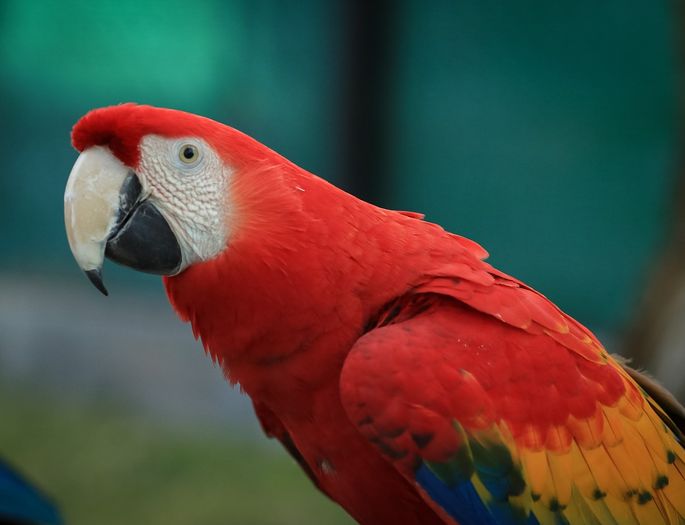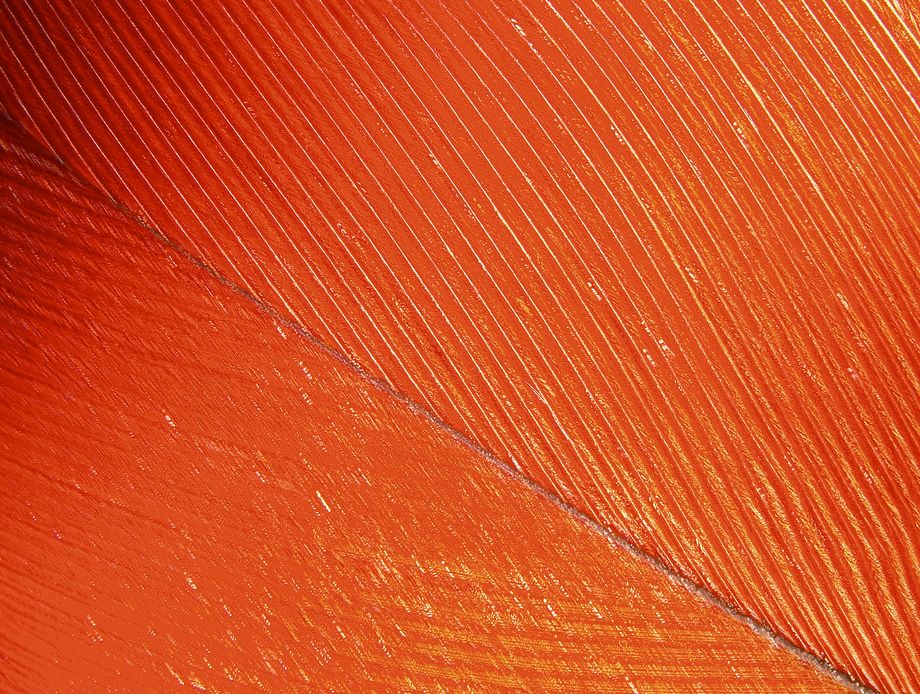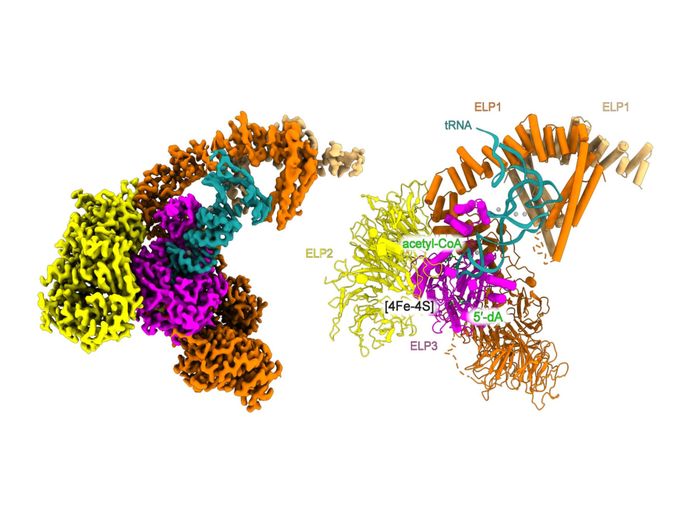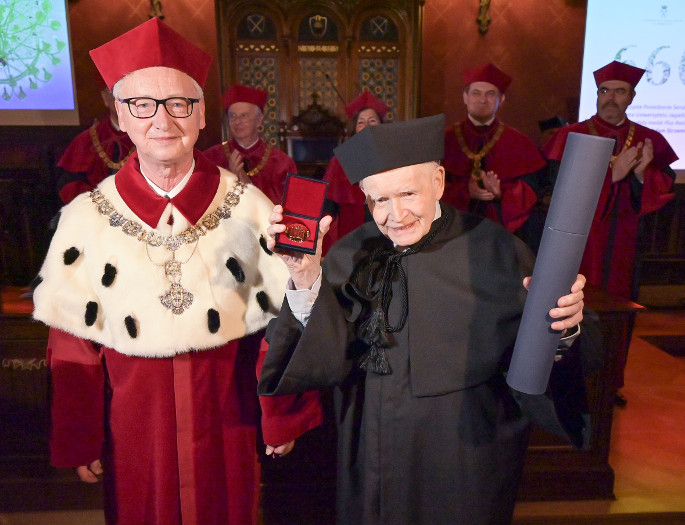
Multicolour plumage of parrots inspires admiration and delight, but where do all these colours come from? What caused birds to develop such a wide variety of colours and how has it evolved throughout their evolution? These questions will be investigated by a research team led by Dr Miguela Carneiro from the CIBIO (Research Centre in Biodiversity and Genetic Resources - InBIO Associate Laboratory) in Portugal.
Research using CIRI beamline in the National Synchrotron Radiation Centre SOLARIS of the Jagiellonian University was conducted by Dr Peter Mojzeš oraz Dr Jindřich Brejcha from Charles University in Prague. The scientists wanted to learn how parrots develop different colours of their feathers.
‘Specifically, we are interested in molecular differences of polyene pigment contained within parrots’ feathers. We use Raman spectroscopy combined with mass spectroscopy to look at the structure of molecules responsible for parrots’ colour. However, due to the resonance Raman effect for the excitation throughout the visible region and high Raman cross-section of the C-C and C=C vibrations, only a few, disproportionately enhanced, Raman bands related to the vibrational modes of the main polyene chain and are visible in the Raman spectra. Raman bands associated with vibrations of functional end groups are hidden in stochastic noise. Hence, to overcome this shortcoming of Raman microscopy while preserving the same spatial resolution, O-PTIR microscopy seems to be a promising candidate method’, explains Dr Jindřich Brejcha.
‘We wanted to conduct a pilot experiment using Raman microscopy correlated with optical photothermal infrared microscopy (O-PTIR) to test in situ whether IR microscopy may be able to provide a more detailed view of the nature of the polyenes in the intact feathers’, he adds when asked why he decided to conduct his research at SOLARIS centre.
Detailed view of a red feather of Macaw parrot:

Detailed view of a yellow feather of Macaw parrot:

As announced by the SOLARIS centre, the CIRI beamline provides access to the O-PTIR microscope, which allows colocalized measurements of IR and Raman spectra with a spatial resolution of approx. 500 nm. IR and Raman spectroscopies are complementary methods and simultaneous acquisition of both spectra is highly beneficial for very demanding samples. Although the studied parrot feathers showed a strong resonance Raman effect, the research could be carried out using IR spectra with a spatial resolution much better than in standard FT-IR microscopy.





